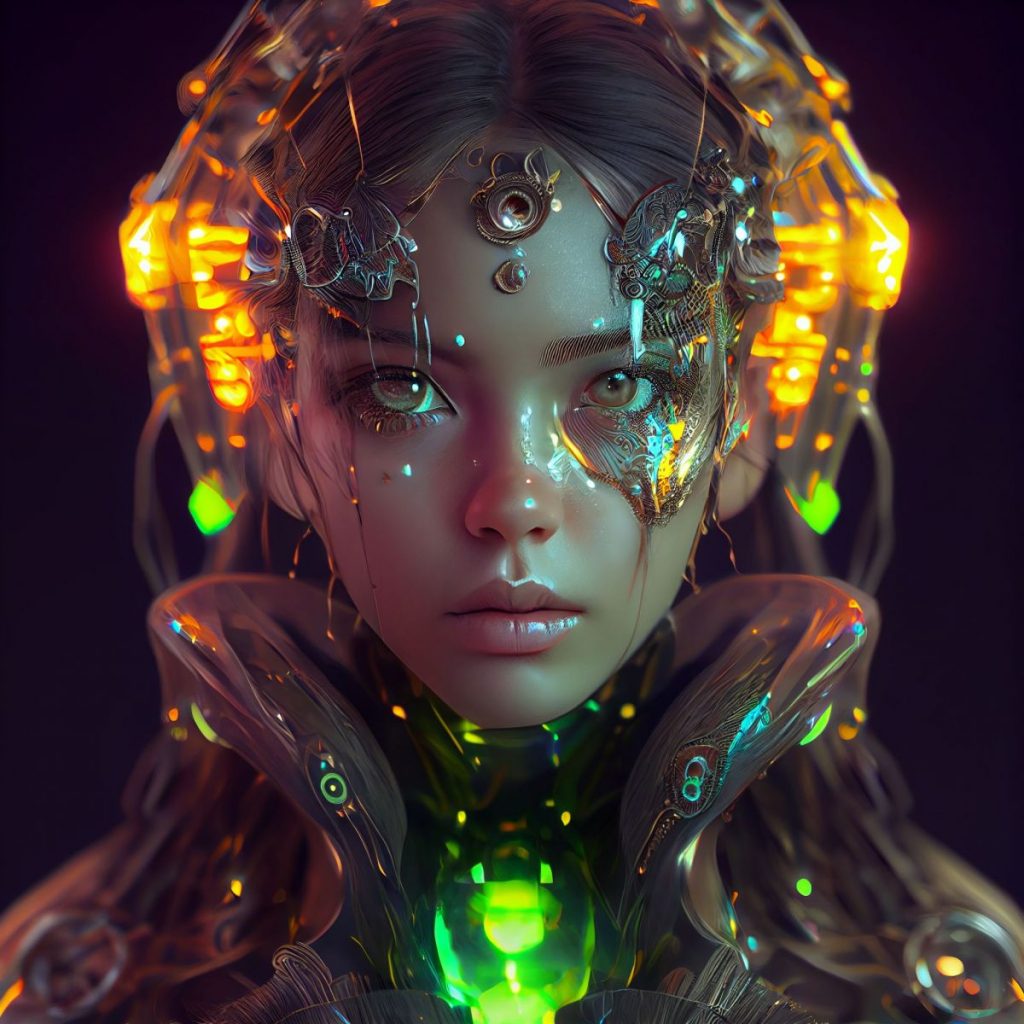
The Uncanny Ability of AI to Generate Realistic ImagesThe Uncanny Ability of AI to Generate Realistic Images Artificial intelligence (AI) has made remarkable strides in its ability to create realistic and visually compelling images. Through the use of algorithms and deep learning techniques, AI has the potential to revolutionize the worlds of art, design, and entertainment. Deep Generative Models Deep generative models, such as generative adversarial networks (GANs), play a crucial role in AI-generated image creation. GANs use two neural networks: a generator that creates images and a discriminator that determines whether an image is real or generated. By training these networks on vast datasets of real images, AI learns to mimic the visual characteristics and patterns found in nature. High-Resolution and Detail AI-generated images can now achieve incredibly high resolutions, often exceeding human perception. The algorithms used in deep generative models are capable of capturing subtle details, textures, and lighting effects, resulting in images that are visually indistinguishable from photographs. Realistic Textures and Materials AI has the ability to generate realistic textures and materials, from the fine hairs of an animal to the intricate patterns on a gemstone. Convolutional neural networks (CNNs) and other texture synthesis algorithms analyze large collections of images to understand the patterns and relationships between different materials. Stylized and Artistic Images Beyond photorealistic images, AI can also generate stylized and artistic images inspired by various artistic movements. Style transfer algorithms allow users to transfer the style of one image to another, creating unique and visually impactful creations. AI-generated paintings and drawings exhibit a level of detail and complexity that rivals human artistry. Applications and Impact The uncanny ability of AI to generate realistic images has numerous applications: * Entertainment: AI-generated images can enhance cinematic and gaming experiences, creating immersive and visually stunning worlds. * Design: AI can aid designers in generating concept art, product mockups, and architectural renderings. * Art: Artists can explore new creative possibilities using AI-generated images as a source of inspiration or as a medium for digital art. * Science: AI-generated images can assist in medical diagnosis, drug discovery, and other scientific fields where accurate visualization is crucial. Ethical Considerations As AI’s ability to generate realistic images improves, it raises ethical concerns. Deepfakes, which are fake videos created using AI, have the potential to spread misinformation and undermine trust in media. It is essential to develop ethical guidelines and regulations to ensure that AI-generated images are used responsibly and not for malicious purposes. Conclusion The uncanny ability of AI to generate realistic images is a testament to the remarkable advancements in artificial intelligence. As this technology continues to evolve, we can expect to see even more impressive and groundbreaking applications in various industries and creative endeavors. However, it is equally crucial to address the ethical implications of these advancements and ensure that AI-generated images are used for the betterment of society.
Posted inNews